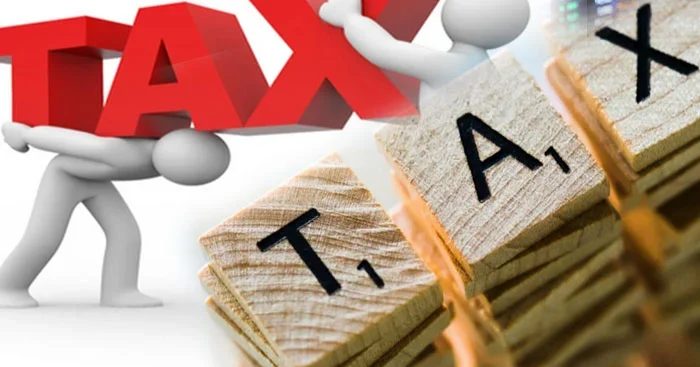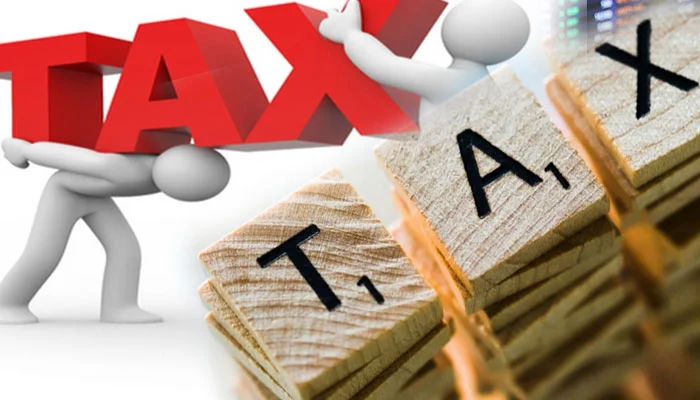Property Tax In Pakistan

Do you know not paying property tax is a source of black money? Negligence in paying taxes might get one into huge trouble with FBR. Every responsible citizen makes sure that a country grows economically which is possible only if tax is paid with honesty and accuracy. In order to file taxes accurately one must understand all about taxation
In Pakistan, the government fails to collect a huge percentage of taxes from the real estate sector that retards the development of the country and the quality of life. If you are a responsible citizen and you want to invest in property, make sure you read this article till the end to know all about Property tax in Pakistan .
What Is Property Tax?
A specific sum of money is paid to the government as property tax. These taxes provide the government with financial support to address state needs. Property taxes do not just apply to the home. It covers all forms of physical property that you possess, such as any plots registered in your name, homes, businesses, farms, etc. According to the provincial Urban Immovable Property Tax Act, the property is essentially a provincial tax assessed on the annual rental value of the property. Every province has a distinct tax rate. Either a flat fee or a portion of the annual rental value applies. The property need not be rented out to have rental value. It merely provides the government’s assessment of the rent that would have been paid had the building been rented out. Whether a property is rented out or used for personal purposes affects the tax rate in each province.
Types Of Property Taxes In Pakistan
Property taxes are not only for houses but for other forms of property as well. Here are the types of property taxes applied to different forms of property.
There are three types of property taxes:
- Capital Value Tax.
- Capital Gain Tax.
- Withholding Tax.
Capital Value Tax
You must pay the government a specific amount of money when a new property is purchased . The Finance Act of 2006 specifies that the capital value tax is levied at a rate of 2% of the recorded value. However, the 2018 budget states that stamp duty will be 3% and the overall capital value tax for an urban region will be 2%. You are therefore supposed to pay a certain amount: stamp duty, for the property’s legal documentation.
Capital Gain Tax
This is a certain amount you are supposed to pay when you sell out a property. The profit that you make will be subject to tax. Capital gain tax may only be assessed under the Pakistan Finance Act of 2017 if the property is sold within the first three years of the original acquisition. The tax rates also vary each year. The tax is 10% in the first year, 7.5% in the second year, and then drops to 5% in the third year. In Pakistan, the seller is exempt from paying capital gains tax after three years.
Withholding Tax
Capital gains tax and capital value tax are both included in the withholding tax. When a property is sold, both the buyer and the seller are required to pay a set amount.
The buyer of a residence who also files income taxes must pay a 2% withholding tax, while a buyer who does not file income taxes must pay a 45% tax
The rate of tax also varies for different types of tax:
| Sr | Tax | Rates |
|---|---|---|
| 1 | Capital Value Tax | 2% of the recorded value ( Finance Act, 2006) |
| 2 | Capital Gain Tax |
|
| 3 | Withholding Tax |
|
How To Calculate Property Tax?
Here is the procedure to calculate property tax:
- Find the category your property falls in.
- Enter the values (using the valuation table) as:
A: Total land area x Per square yard rent - Determine values and enter them as;
B: Covered area of property x Per square foot rent The property tax you need to pay will depend on n the annual rental value. It is will be the total amount the property is estimated to bring. As the rate of tax is different for different provinces, they have issued their valuation table. - Multiply the answer by 12
GARV = (A x B) x 12 - Subtract the GARV from the tax levied by the respective province
Annual Rental Value = GARV – 10% of GARV
To calculate your property tax accurately, prefer to use the Tax calculator which saves half of your time and gives accurate results.
Documents You Require For Property Tax Records
Following are the documents you require;
- Application on plain paper with fee.
- Copy of CNIC.
- Payment proof of property.
Properties are Exempted from Tax?
The following categories of properties are exempted from calculations of tax:
- Properties whose rentals are only used to support religious or other public charities as specified.
- Public playgrounds and parks, hospitals, libraries, boarding homes, schools, and other facilities.
- Mosques and other places of worship.
- Those structures are owned by the government or a local authority, like a corporation, municipality, or town committee.
- An exception applies to one residential building up to one kanal that is owned and occupied by a Federal or Provincial Retired Government employee.
- The structures held by widows, minor orphans, and/or people with disabilities are free from taxation up to PKR.12150 every year.
- A single home that, if used by the owner as his residence, does not fetch yearly rent greater than PKR 6480.
- The Property cannot command an annual rent of more than PKR. 4320/-.
- Other than the location of category “A,” residential homes built on land less than 5 Marla.
Here is the Notice under section 81 of the Land Revenue Act 1967:
‘Whenever an assessee does not pay in time, the ETO with delegated powers of Assistant Collector Grade – I under Punjab Land Revenue Act, 1967 may issue a demand notice under Section 81 of the Act ibid. On receipt of this notice, the assessee should immediately contact Excise & Taxation Officer because the next step will be warrants of arrest to the defaulter.’
We hope this article helps you learn all about property tax in Pakistan. Never forget to know all about taxes and the Types of taxes in Pakistan before filing to avoid inconvenience.






